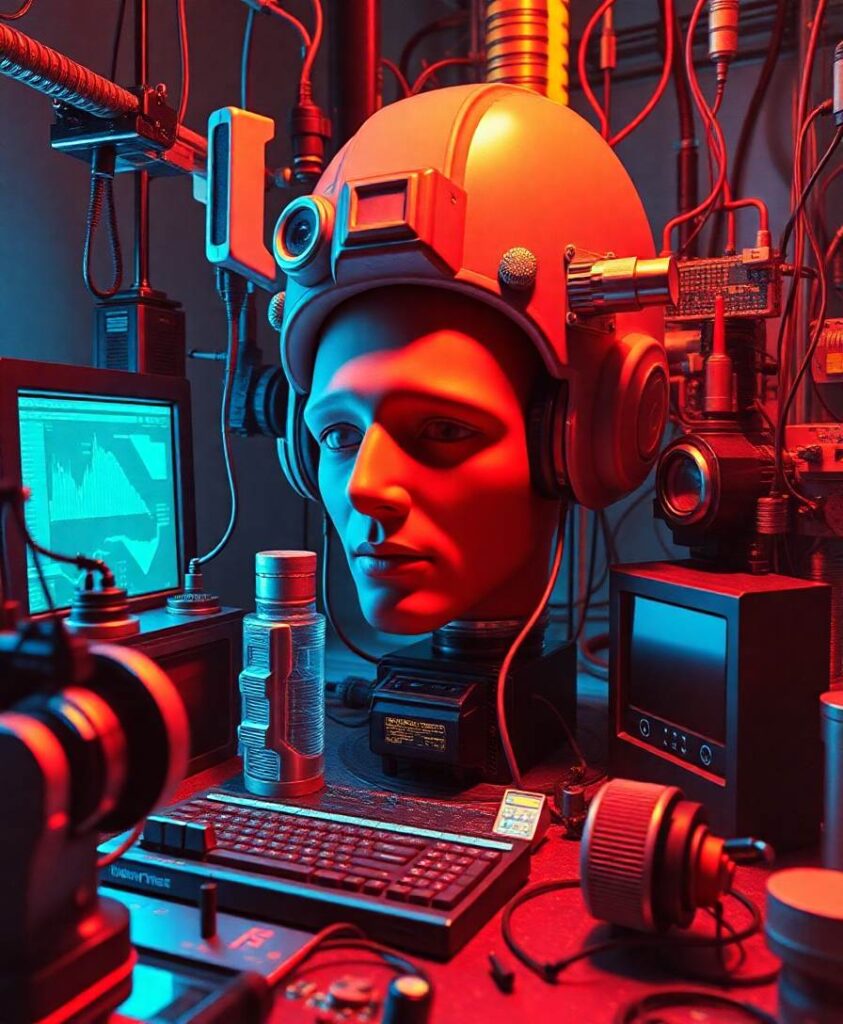Physics versus graphics as an organizing dichotomy in cognition
People build world models that simulate the dynamics of the real world. They do so in engineered systems for the purposes of scientific understanding or recreation, as well as in intuitive reasoning to predict and explain the environment. On the basis of a major split in the simulation of real-time dynamics in engineered systems, we argue that people’s intuitive mental simulation includes a basic split between physical simulation and graphical rendering. We first show how the separation between physics and graphics relies on a natural division of labor in any cognitive system. We then use the physics/graphics distinction to tie together and explain a range of classic and recent findings across different domains in cognitive science and neuroscience, including aphantasia and imagery, different visual streams, and object tracking.
Anne-Marie is a French-Canadian philosopher from New Brunswick, delving into existential questions of human purpose and fulfillment. Her contributions encourage reflective practices for realizing potential, inspired by Acadian resilience and communal wisdom.


